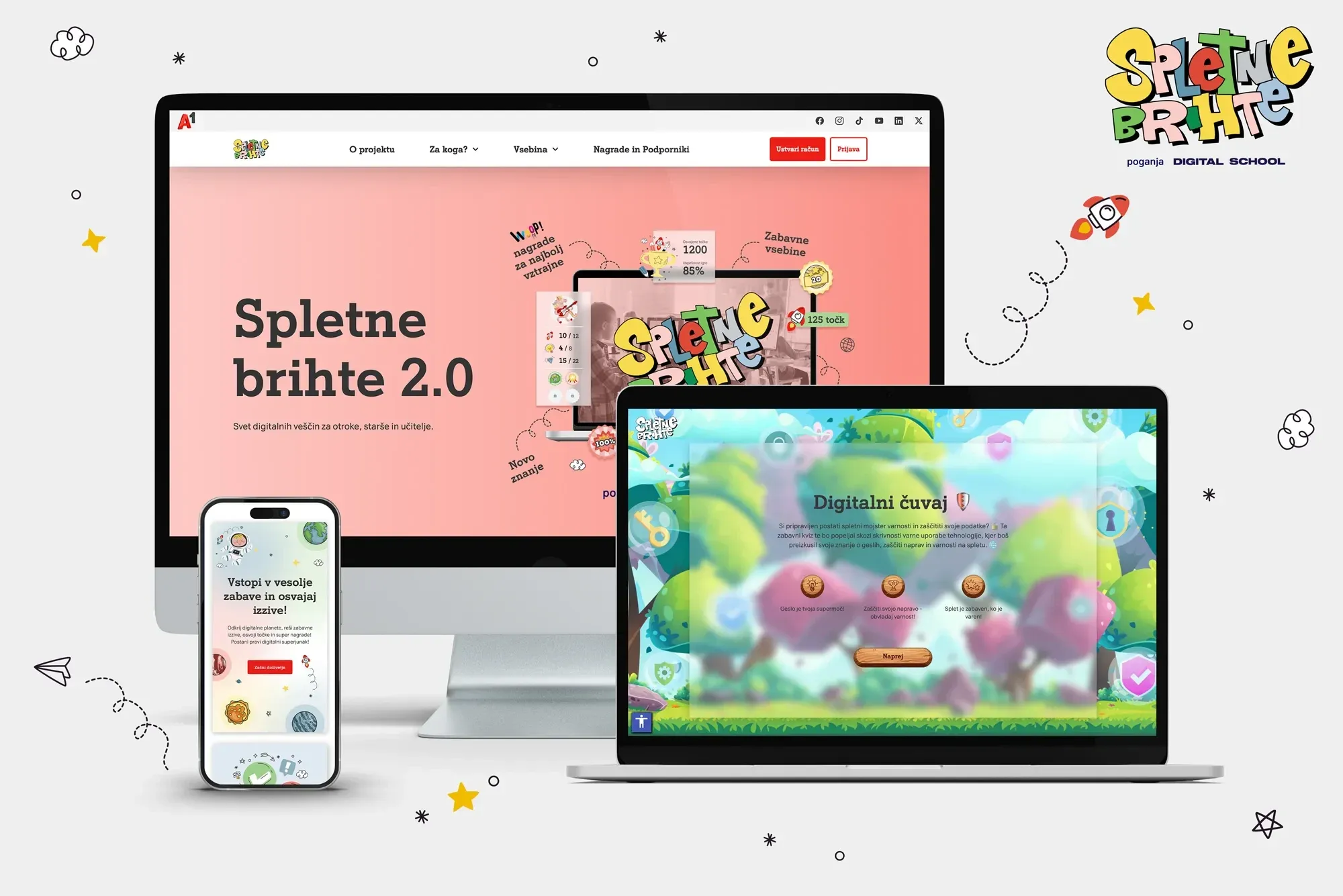Fill out the form below and our team will be with you in no time.
Need help?
Read mode

Promotional deals grab attention. No question there.
But the real secret to sustaining a customer’s interest is often overlooked.
It’s called intrinsic motivation.
Unlike extrinsic motivation—where people do something to get a prize, money, or public praise—intrinsic motivation is that inner spark.
It’s doing something because it feels right, rewarding, or aligned with personal values.
For brands, tapping into that spark can nurture genuine loyalty and advocacy.
When customers feel personally connected to your brand—beyond simple perks or discounts—they’re more likely to come back, refer friends, and become advocates.
Think of a hobby you love.
You might paint, run, or solve puzzles just because it’s fun.
That’s intrinsic motivation.
It’s the inner drive to do something for the satisfaction it provides.
In marketing, this manifests as people engaging with a product, service, or campaign because it resonates with them—deeply and personally.
Example: Some folks buy a premium eco-friendly detergent. Not for the discount, but because it aligns with their passion for sustainability. They want to support an eco-conscious brand. That’s intrinsic motivation at work.
Gamification is a powerful way to foster intrinsic motivation in marketing.
It weaves game-like elements—points, quizzes, challenges, or friendly competitions—into your brand experience.
But here’s the secret: while badges and rewards (extrinsic motivators) can spark initial interest, intrinsic motivation keeps people coming back.
Good games tell you right away if you’re on the right track. That instant feedback feels rewarding. It’s not just about a scoreboard. It’s about feeling that sense of “Hey, I’m getting better, and this is fun!”
If a gamified campaign is designed well, users feel they’re mastering something (like knowledge, a skill, or a new hobby). This sense of progress is intrinsically satisfying, fueling deeper engagement.
Adding social elements—like team-based challenges or sharing achievements—can trigger a feeling of belonging. People love seeing their friends or colleagues also involved, which amplifies motivation from within.
Users interact for the joy of the experience, not just a material prize.

Artificial Intelligence might sound cold and techy, but it can actually boost intrinsic motivation in marketing.
AI can instantly solve user pain points—like recommending the perfect product or automating a tedious task.
That relief and satisfaction is deeply rewarding. It feeds the user’s sense of “This brand gets me.
AI can detect when someone’s about to give up on a learning module or might be stuck on a specific question in a quiz.
Then it can offer a tailored hint or encouragement.
It’s not just a random pop-up. It’s a digital helper guiding them to success.
Using AI to analyze behavior means you can fine-tune your campaigns in real time.
If you see certain interactions driving real engagement—like a quiz that people keep sharing—double down on it.
By focusing on what truly delights users, you keep fueling their internal drive.
We often frame it as an either/or choice: intangible passion vs. tangible rewards.
But a balanced approach often yields the best results.
Sure, a coupon or discount might spark someone’s initial interest.
Yet it’s the inner satisfaction—learning a new skill, connecting with a cause, or simply having fun—that cements brand loyalty long term.
In short - Extrinsic rewards can grab the spotlight for a moment, but intrinsic motivation keeps the audience on stage.
Storytelling Campaigns
Focus on real emotional stories that mirror your customer’s aspirations.
Show how a product fits into their values, not just their budget.
Community Building
Create a space (forum or social group) for people to share experiences, tips, or creative ideas.
A sense of belonging encourages ongoing, self-driven participation.
Progress Tracking Tools
Let customers track their own growth—like a personal finance tracker, a learning progress bar, or a “green habits” meter.
Seeing progress is inherently motivating.
Purpose-Driven Missions
For instance, a brand can say, “Help us recycle 1 million plastic bottles.”
People join because they care about the cause, and the act of participating satisfies them beyond the reward.

We’re all emotional beings.
That’s not just a cliché; it’s psychology.
When a brand resonates with a person’s internal sense of identity—like “I care about sustainability” or “I love pushing my limits in sports”—the connection becomes personal and durable.
As tech evolves and data grows, we can now craft highly personalized campaigns that speak directly to that inner drive.
Whether you do it through gamification, AI-driven solutions, or plain old heartfelt storytelling, the goal is the same: create a feeling that makes customers choose you again and again.
Intrinsic motivation is a potent strategy.
By tapping into the desires and values that already exist within your customers, you create a marketing experience they’ll love engaging with.
And they’ll do so happily, even without a discount code.
Ready to make your marketing full of emotions?
Let’s talk about how AI and gamification can fuel intrinsic motivation for your brand.
Contact Brainylab to get started.
And remember - People follow what feels right, not just what’s cheaper. Let that guide how you craft your next big campaign.